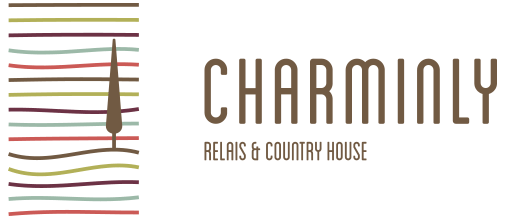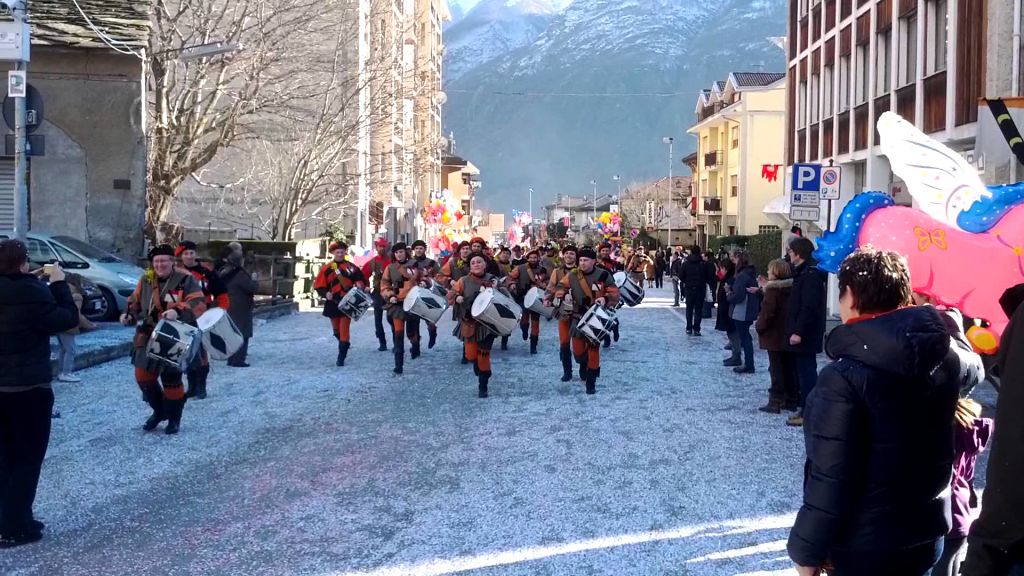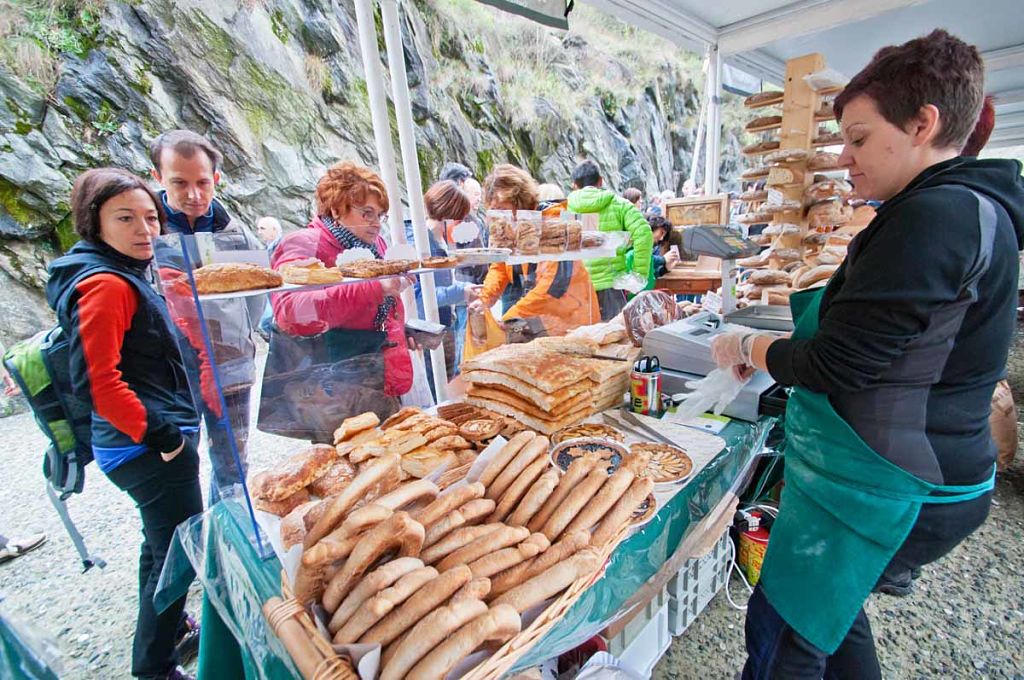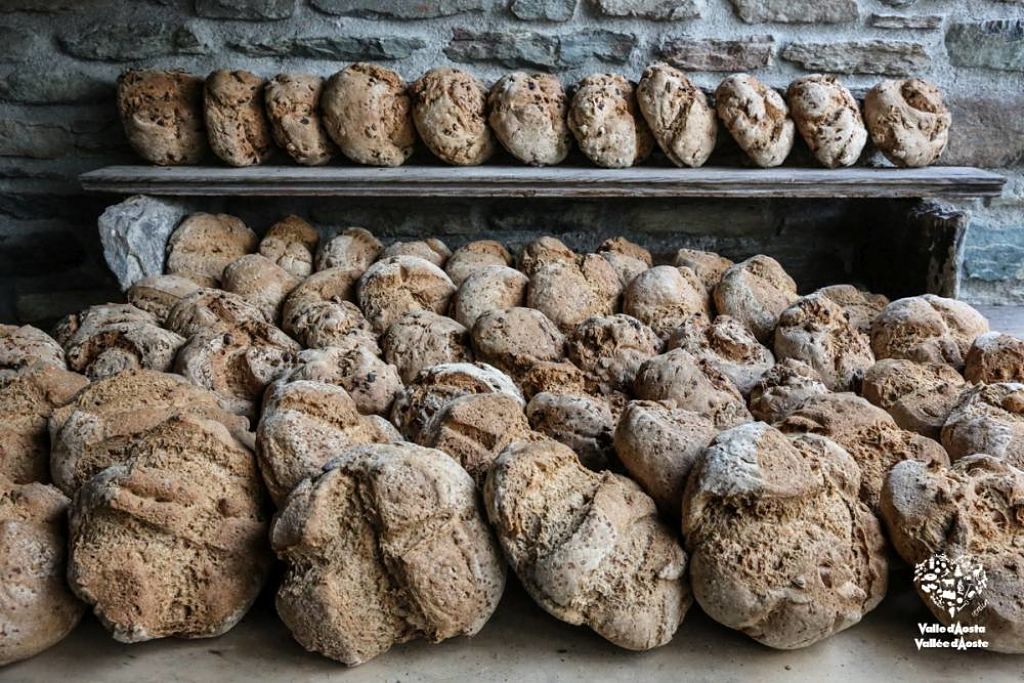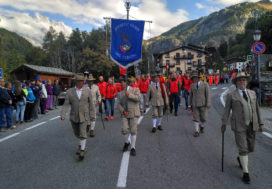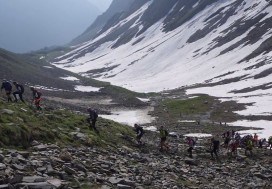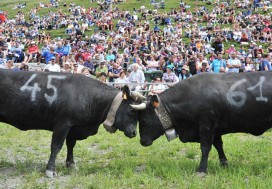Booking your vacation at the Au Rascard Hotel, located in Brusson, in the province of Aosta, in Aosta Valley, you can take part in the festivals and fairs that take place every year in this beautiful region.
HISTORICAL CARNIVAL
In February, the Historical Carnival takes place in Verrès, a reenactment of the historical event happened in 1449, deeply impressing the people of Verrès who decided to remember that moment through the years. Two actors playing Catherine of Challant and Pierre Sarriod Lord of Introd, accompanied by musicians and drummers in the square, begin dancing involving all the people, in memory of when Catherine on his own initiative began to dance with a servant in the crowd.
OUEI COMME IER
In August, in the streets of the villages of Antagnod and Lignod, takes place the festival of ancient trades under the name of “Ouei Comme Ier” (today as yesterday). For admirers and tourists it is an opportunity to spend a day devoted to traditions and good food.
LARD FAIR
For thirty years, Arnad has been called the “Fehta dou lar”, the Lard Fair. A unique opportunity for good food lovers who can taste the typical lard of Aosta Valley Arnad Dop. The festival takes place in Keya, where small wooden houses are decorated for the event with embroidered flowers and cloths.
MARCHE AU FORT
In October, Bard hosts one of the most important market exhibitions in Aosta Valley, dedicated to food and wine products. The admirers of cusine will be welcomed by about eighty exhibitors ready to offer typical products in the area such as cheese, honey, salami, fruit, vegetables and wine.
STORIES, LEGENDS, FIREWORKS
In August, a spectacular event is organized in Brusson: summer evenings are animated by stories and legends typical of the area, all lit by fireworks shot at the edge of the lake to create a unique and evocative atmosphere . You can’t miss it!
BLACK BREAD FESTIVAL
In mid-October in about 50 towns in the Aosta Valley take place black bread festival. This festival recalls what happened in the past, when, using the oven provided by each village, people used to cook in turn the bread made of rye flour and a little yeast. This poor bread had to last for all the winter months during which the mountain towns remained isolated for bad weather.


